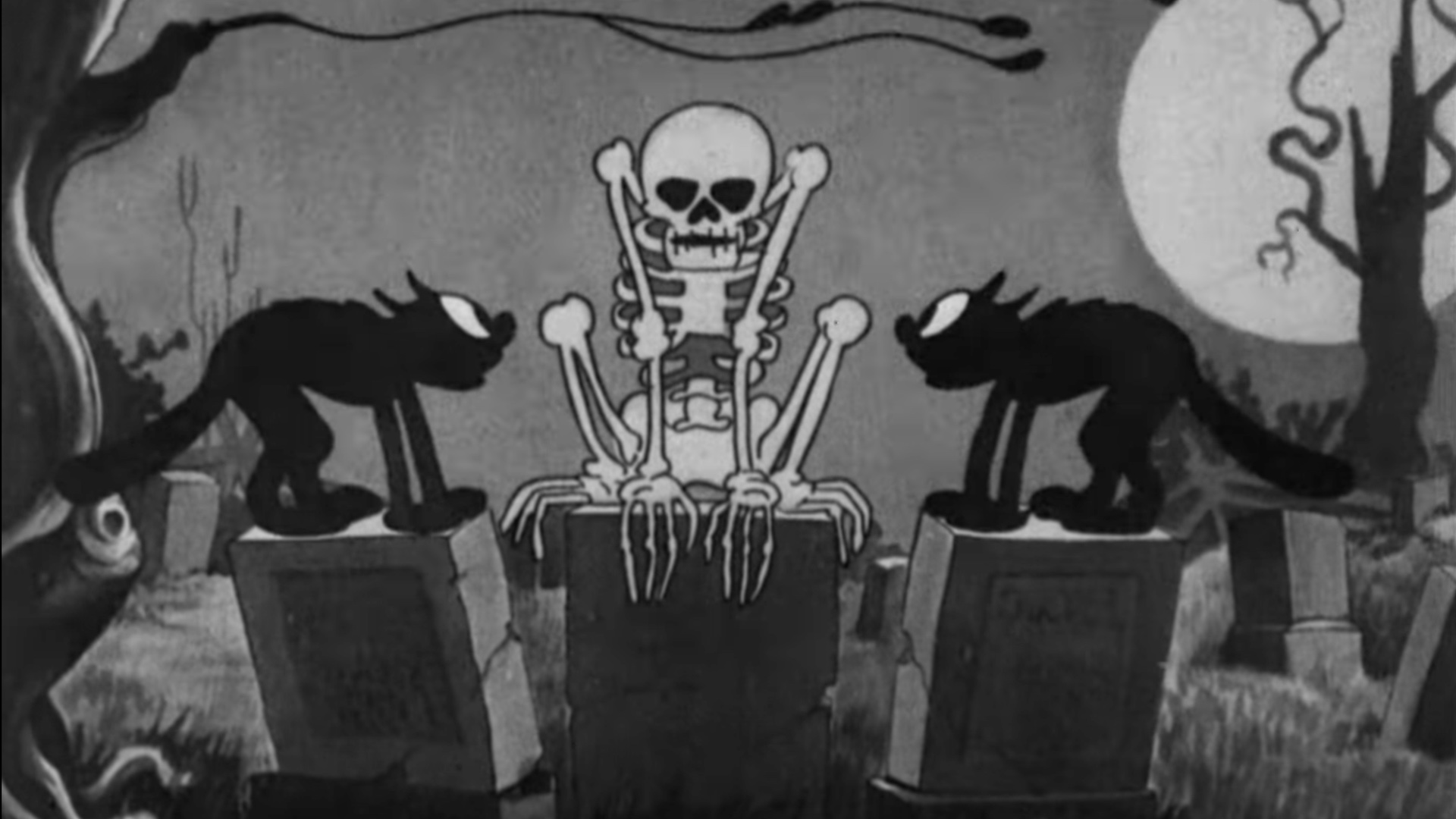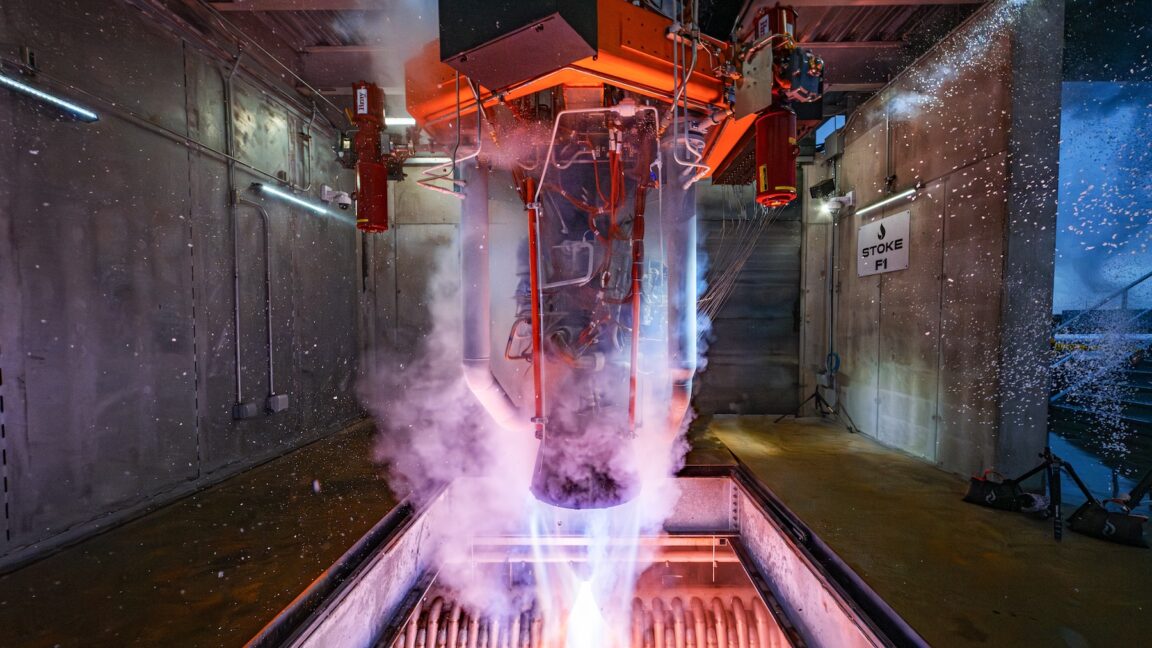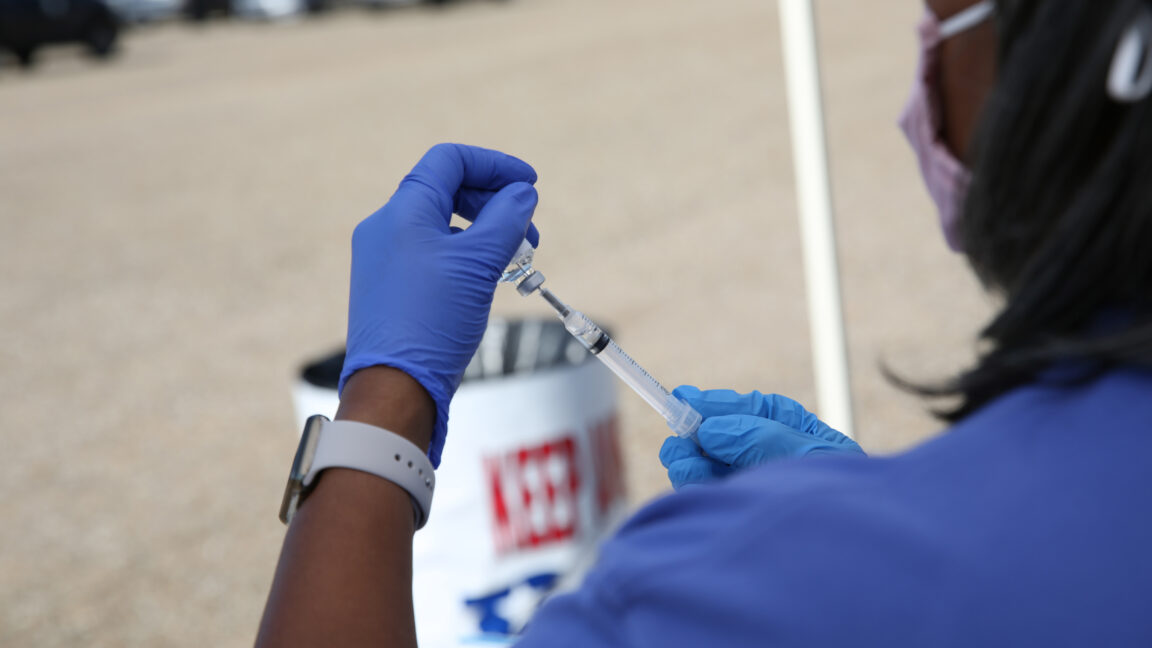Q&A: Carl Zimmer on Airborne Diseases: 'These Are All Big Concerns'

By
Meredith Wolf Schizer
 Newsweek Is A Trust Project Member
Newsweek Is A Trust Project Member
news article
Based on facts, either observed and verified firsthand by the reporter, or reported and verified from knowledgeable sources.
Share
✓ Link copied to clipboard!

How COVID reshaped public health understanding of disease spread by air
Some diseases can travel through the air over staggering distances. Valley Fever, for example, is caused by a fungus that gets kicked up from the soil by erosion and wind and can be blown for hundreds of miles. And climate change is predicted to loft more of these fungi into the air in the years to come and cause more cases of Valley Fever in the United States.
These are all big concerns. But perhaps the biggest of all is what scientists call Disease X: a pandemic pathogen that now circulates among animals but will jump over sometime in the future. If it becomes airborne, it will be all the more difficult to fight. We know this already, because of the surprises that COVID delivered back in 2020.
How much should we worry about air pollution on a day-to-day basis?
Air pollution from sources like cars and coal-fired power plants takes a mind-boggling toll on the world's health. In a recent study, scientists estimated it kills 8 million people annually. Air pollution deaths in the United States have dropped a lot as the country has cleaned up its air. But it's still responsible for 48,000 premature deaths.
Read more
How COVID reshaped public health understanding of disease spread by air

Read more
- COVID map reveals latest data on US cases
- COVID map update reveals worst hit US states
- The COVID symptoms to watch for in 2025
- How many lives were lost to COVID-19? A look back nearly 5 years later
- COVID turns 5: facts and remaining mysteries about the virus
Request Reprint & Licensing
Submit Correction
View Editorial Guidelines
To read how Newsweek uses AI as a newsroom tool, Click here.









